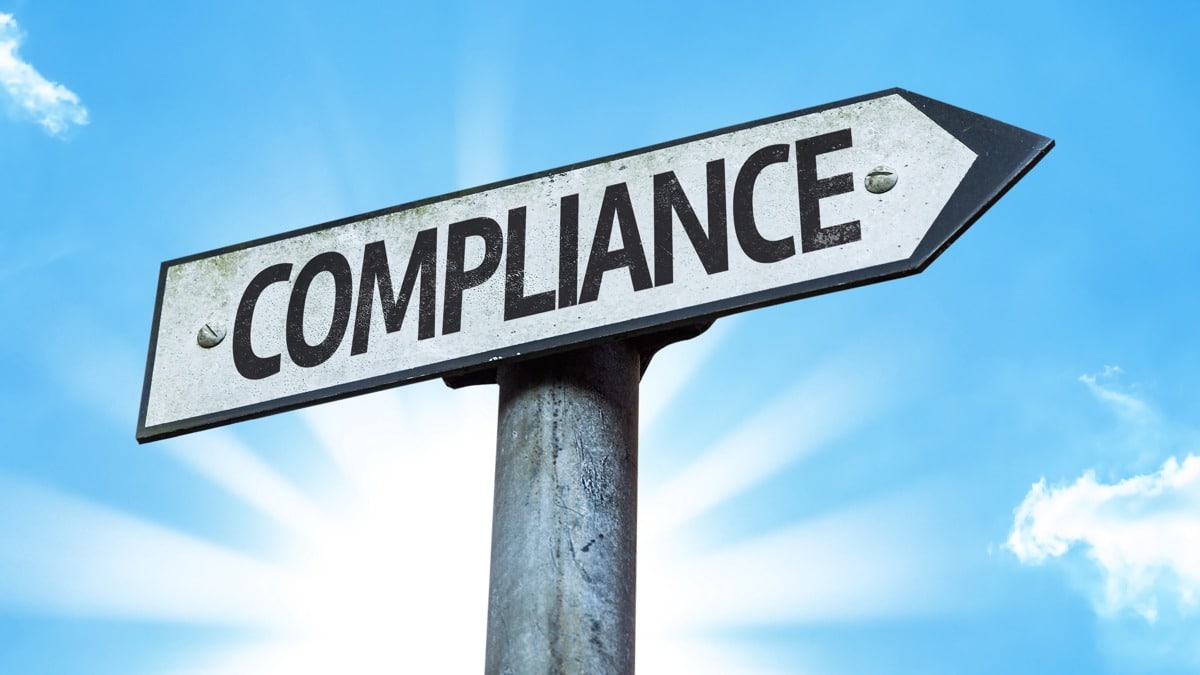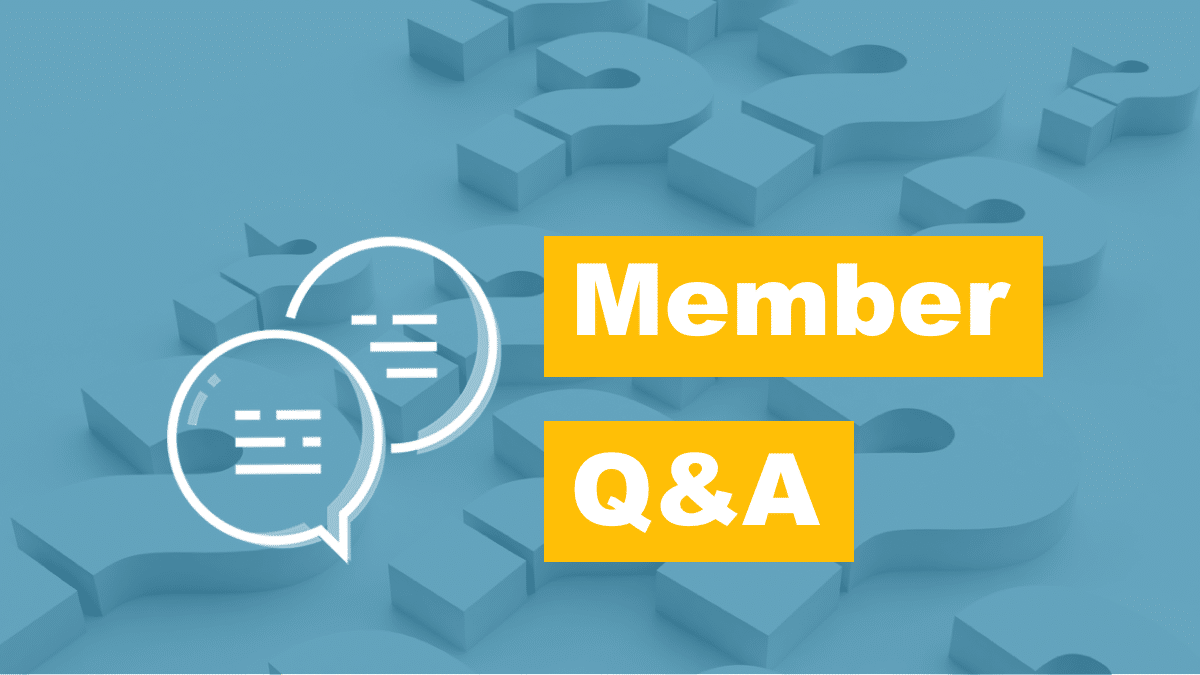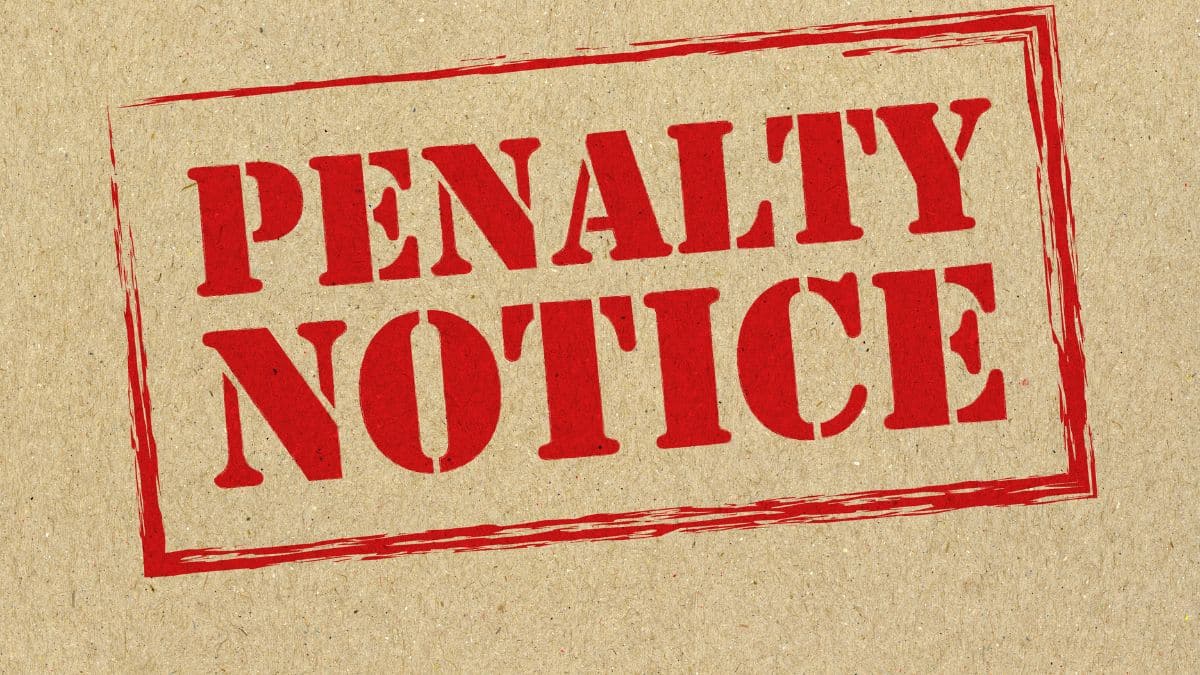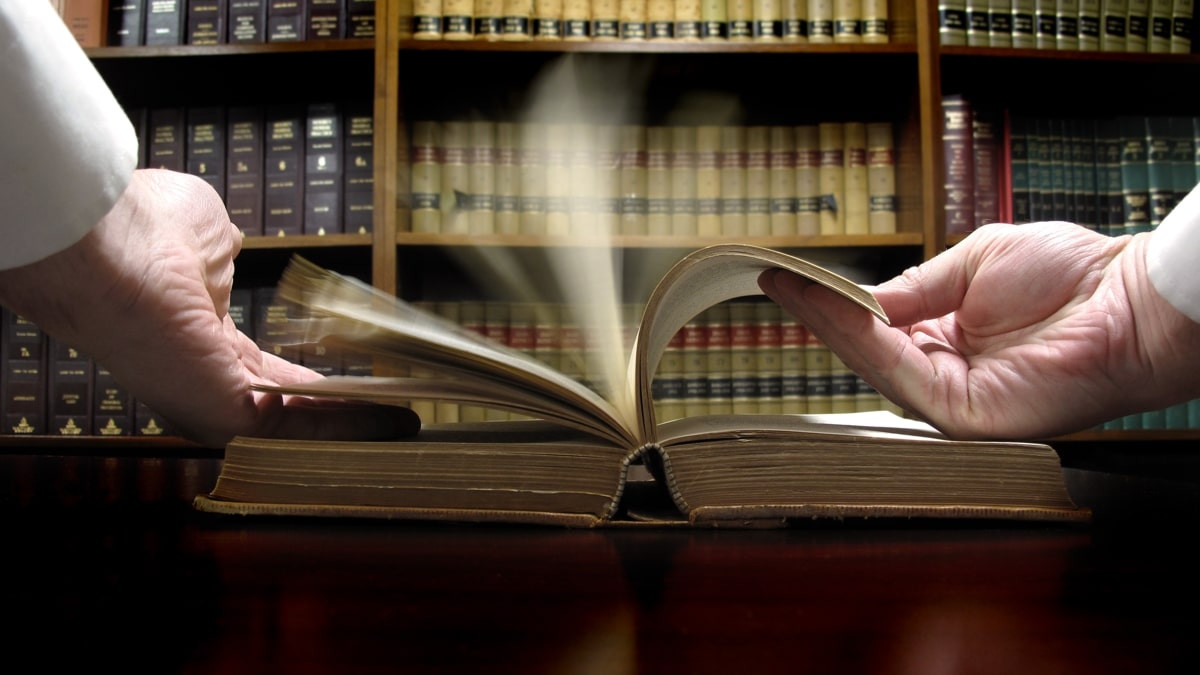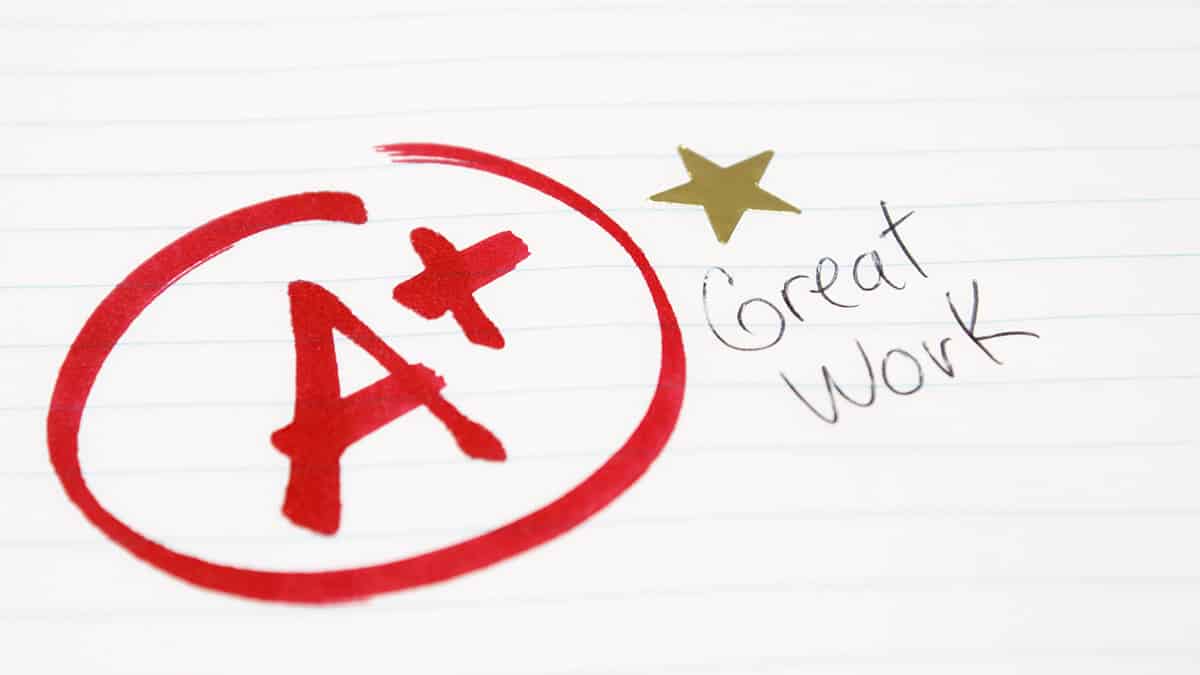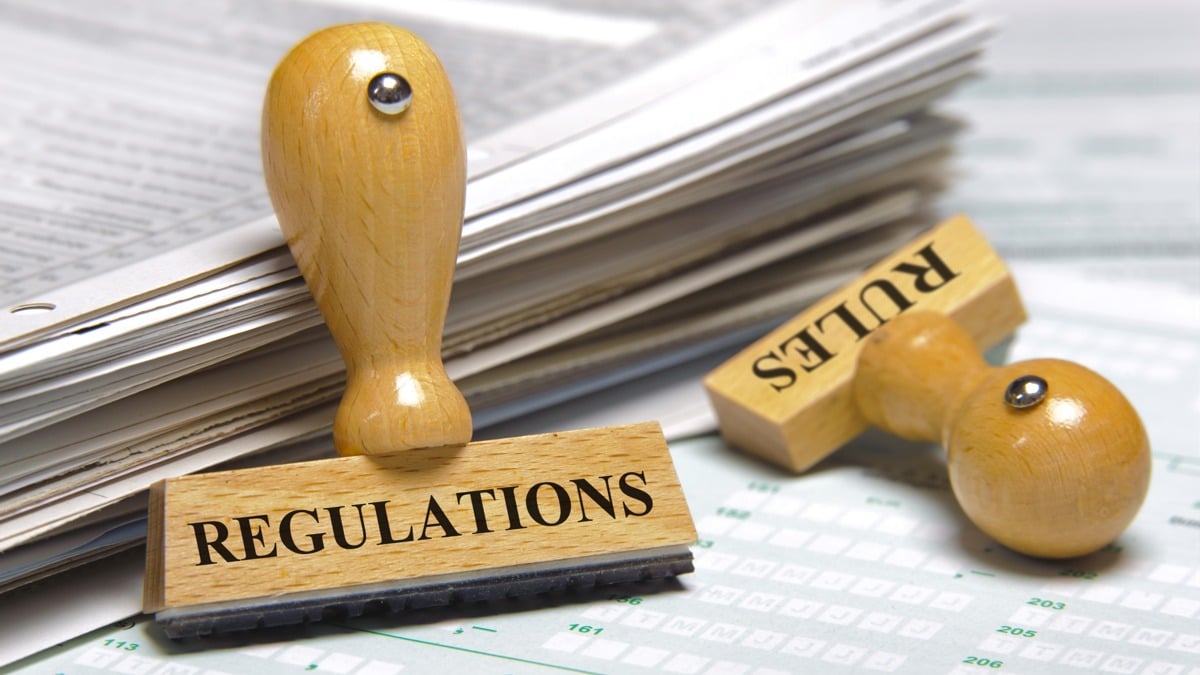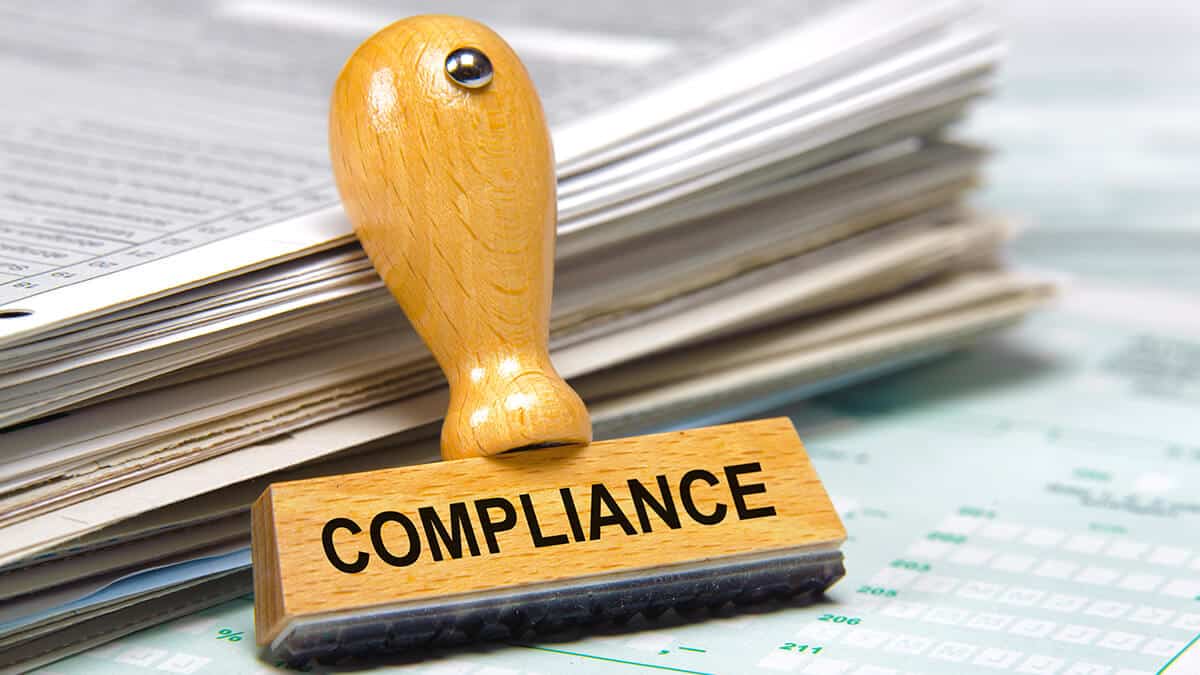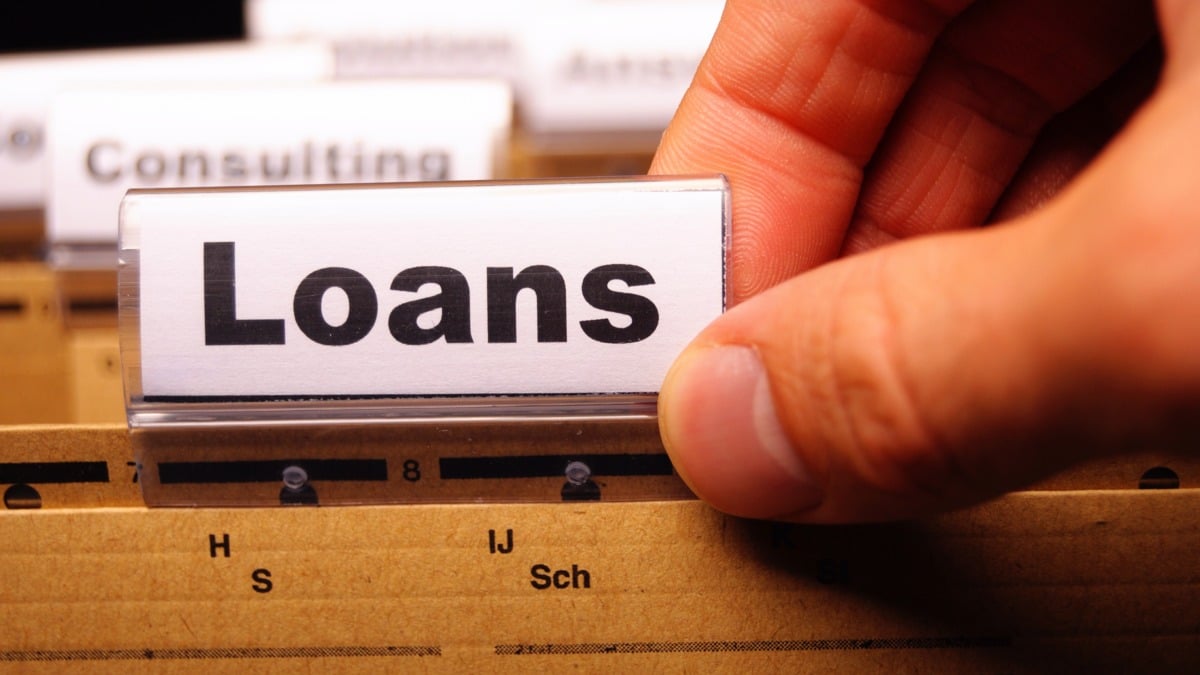In this guide
Misunderstanding the in-house asset rules can be a very expensive mistake for a self-managed superannuation fund, but it continues to be a tricky area for SMSF trustees.
In-house assets remain one of the most common contraventions reported to the Australian Taxation Office (ATO) via auditor contravention reports. At 17% last financial year, they were second only to contraventions concerning loans or financial assistance at 20%.
Since the start of contravention reporting in 2004, in-house asset breaches have accounted for the majority of contraventions by value at 27.1% of all contraventions by value.
It's always a good idea to brush up on your understanding of the essential in-house asset rule, particularly if your fund has a significant investment in a single asset. A single asset must be no more than 5% of a fund's total assets.
What is an in-house asset?
The SIS Act defines an in-house asset as an asset of the fund that is:
- A loan to, or an investment in, a related party of the fund
- An investment in a related trust of the fund
- An asset of the fund subject to a lease or lease arrangement between a trustee of the fund and a related party of the fund.
‘Related party’ also has a very specific definition under SIS law and is any of the below:
- (a) A member of the fund
- (b) A standard employer-sponsor of the fund
- (c) A Part 8 associate of an entity referred to in paragraph (a) or (b).
Part 8 associates include relatives, the other members of the fund, the directors of the corporate trustee or all individual trustees (if the SMSF is a single member fund). If a member is in a partnership, then it also includes that partner (and their spouse or child) and the partnership itself. It also includes trusts, where the member and their Part 8 associates control the trust. The same applies to a company if a member and their Part 8 associates control the company.
Relative, under the SIS Act, refers to an individual’s parent, grandparent, brother, sister, uncle, aunt, nephew, niece, lineal descendant or adopted child of the individual or of his or her spouse; and the spouses of the individual and the individuals mentioned above.
Why is there a limit?
In-house assets are a complex area even for those professionals advising SMSFs. To raise awareness, industry associations frequently provide sessions on in-house assets and related parties. Essentially, the purpose of the 5% limit is to manage the risks associated with holding in-house assets and portfolio concentration.
The main risk of having a too-large allocation to an in-house asset is that the fund could be used for something other than providing retirement benefits to members or death benefits to the beneficiaries of members. This would contravene the Superannuation Industry Supervision (SIS) Act and the sole purpose test.
There are serious penalties that can be incurred if the in-house assets rules are breached.
In the following video interview Graeme Colley, executive manager SMSF technical and private wealth at SuperConcepts, explains that there are three main levels of penalties – the trustees can be penalised thousands of dollars, the entire fund could be taxed at the non-complying rate of 45% or the SMSF trustees could be disqualified.
Transcript
What is a 'related party', and why is it important that SMSF trustees understand the related party rules?
It's about you as a member of the fund, you as a trustee of the fund, any of your close relatives, like grandkids and grandparents and stuff like that, or any company or trust that you might control through your family that links in with a super fund. It's important because if you make certain investments, then your super fund could get taxed at a higher rate or you could end up in trouble as a trustee.
What are some common misconceptions about the related party rules?
The biggest misconception is if you own something jointly with someone else, like you're in partnership, or you own a property jointly with, say, somebody that's not related to you. Because of that, you can become a related party and that creates difficulties if your self-managed fund or that other person self-managed fund wants to purchase particular investments.
Now, those investments would be usually property or units in a unit trust, or maybe company shares in a private company. So you just need to get advice on that before you go ahead with that type of investment.
What is a common example of a related party issue in your experience?
Well, the most common examples are ones where you might think it's OK to invest in a particular, say a private company, but you don't realise there's a limit to the amount that you can invest. So that limit is no more than 5% of the value of the fund in total. So for some people they'll purchase the whole of the investment only to realise that they've exceeded the limit that the super fund can invest in all private companies. for example.
What are some essential steps for any trustees concerned they may have a related party risk?
The first one is making sure, before you go into the investment, to check it out with the accountant to make sure that the type of investment you're doing is going to satisfy what we call the in-house asset rules. And if you own the investment or one of your family companies or trusts own the investment, whether the super fund can actually acquire that from you or the company or trust.
Now that's the first time, the second time is at the end of each financial year, the accountant for the super fund and also the auditor will check the books to make sure that you comply with those investment requirements. Now, if you don't, then you can have a remediation period to fix it up over the next year. So you've got to put in place a plan and the auditor and the accountant have got to agree with that so you can fix things up.
So that's two times when you do it, that is when you acquire it and at the end of each financial year.
What could be the worst case for trustees that don't properly follow the related party rules?
Well in the worst cases, you've only got to have a look at some of the court cases where basically the whole of the self-managed fund has been invested in a private company. And what's happened there or what can happen is that the ATO can penalise the trustees. That's the first one. That's probably the light penalty. That's several thousands of dollars. You could have your fund taxed at the non-complying rate which is 45% of the total investments of the super fund or in the really worst cases you could be disqualified as a trustee of your own self-managed fund and I'm sure you don't want that to happen.
Any final tips for trustees who have any concerns about related parties?
My tips for investments which are unusual for your self-managed fund, and I'm not talking here about investing in the stock exchange, but investments in private companies or unit trusts, maybe artworks and collectibles for example. But before you go ahead with it, it'll be part of your plan and then have a talk with your accountant who knows something about self-managed funds and can say, OK well maybe you shouldn't invest in that because you're going to breach some rules or maybe you can invest so much in that particular investment and that will be okay under the rules.
